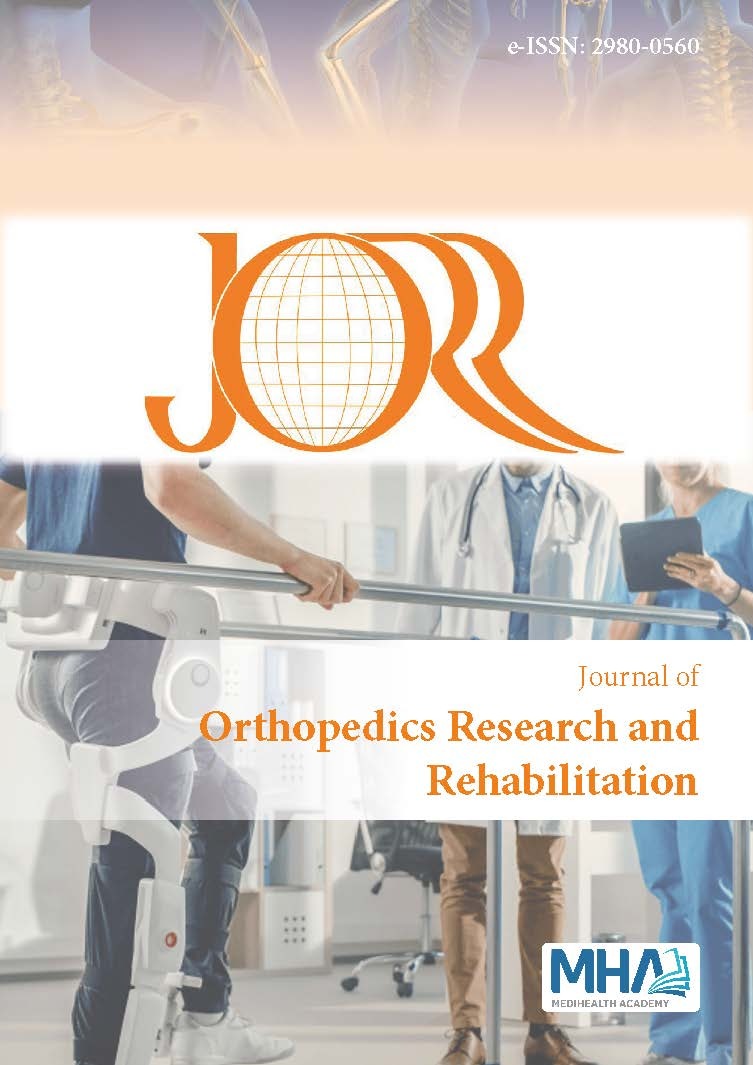1. Milroy WF. An undescribed variety of hereditary edema. <em>New York Med J.</em> 1892:12.
2. Bissonnette B. Syndromes: rapid recognition and perioperative implications. McGraw-Hill Medical Publushing Division; 2006.
3. Evans AL, Brice G, Sotirova V, et al. Mapping of primary congenital lymphedema to the 5q35.3 region. <em>Am J Hum Genet.</em> 1999;64(2):547-555. doi:10.1086/302248
4. Ghalamkarpour A, Debauche C, Haan E, et al. Sporadic in utero generalized edema caused by mutations in the lymphangiogenic genes VEGFR3 and FOXC2. <em>J Pediatr.</em> 2009;155(1):90-93. doi:10.1016/j.jpeds. 2009.02.023
5. Tammela T, Alitalo K. Lymphangiogenesis: molecular mechanisms and future promise. <em>Cell.</em> 2010;140(4):460-476. doi:10.1016/j.cell.2010.01.045
6. Ferrell RE, Levinson KL, Esman JH, et al. Hereditary lymphedema: evidence for linkage and genetic heterogeneity. <em>Hum Mol Genet.</em> 1998; 87(13):2073-2078. doi:10.1093/hmg/7.13.2073
7. Mellor RH, Hubert CE, Stanton AW, et al. Lymphatic dysfunction, not aplasia, underlies Milroy disease. <em>Microcirculation.</em> 2010;17(4):281-296. doi:10.1111/j.1549-8719.2010.00030.x
8. Connell F, Brice G, Mortimer P. Phenotypic characterization of primary lymphedema. <em>Ann N Y Acad Sci.</em> 2008;1131:140-146. doi:10.1196/annals. 1413.013
9. Brice G, Child AH, Evans A, et al. Milroy disease and the VEGFR-3 mutation phenotype. <em>J Med Genet.</em> 2005;42(2):98-102. doi:10.1136/jmg. 2004.024802
10. Rockson SG, Keeley V, Kilbreath S, Szuba A, Towers A. Cancer-associated secondary lymphoedema. <em>Nat Rev Dis Primers.</em> 2019;5(1):22. doi:10.1038/s41572-019-0072-5
11. Greene AK, Voss SD, Maclellan RA. Liposuction for Swelling in Patients with Lymphedema. <em>New Engl J Med.</em> 2017;377(18):1788-1789. doi:10.1056/nejmc1709275
12. Seo KS, Suh M, Hong S, Cheon GJ, Lee SU, Jung GP. The new possibility of lymphoscintigraphy to guide a clinical treatment for lymphedema in patient with breast cancer. <em>Clin Nucl Med.</em> 2019;44(3):179-185. doi:10. 1097/rlu.0000000000002443
13. Sarica M, Gordon K, van Zanten M, et al. Lymphoscintigraphic abnormalities associated with milroy disease and lymphedema-distichiasis syndrome. <em>Lymphat Res Biol.</em> 2019;17(6):610-619. doi:10. 1089/lrb.2019.0016
14. Forner-Cordero I, Muñoz-Langa J, Forner-Cordero A, DeMiguel-Jimeno JM. Predictive factors of response to decongestive therapy in patients with breast-cancer-related lymphedema. <em>Ann Surg Oncol. </em>2010; 17(3):744-751. doi:10.1245/s10434-009-0778-9

